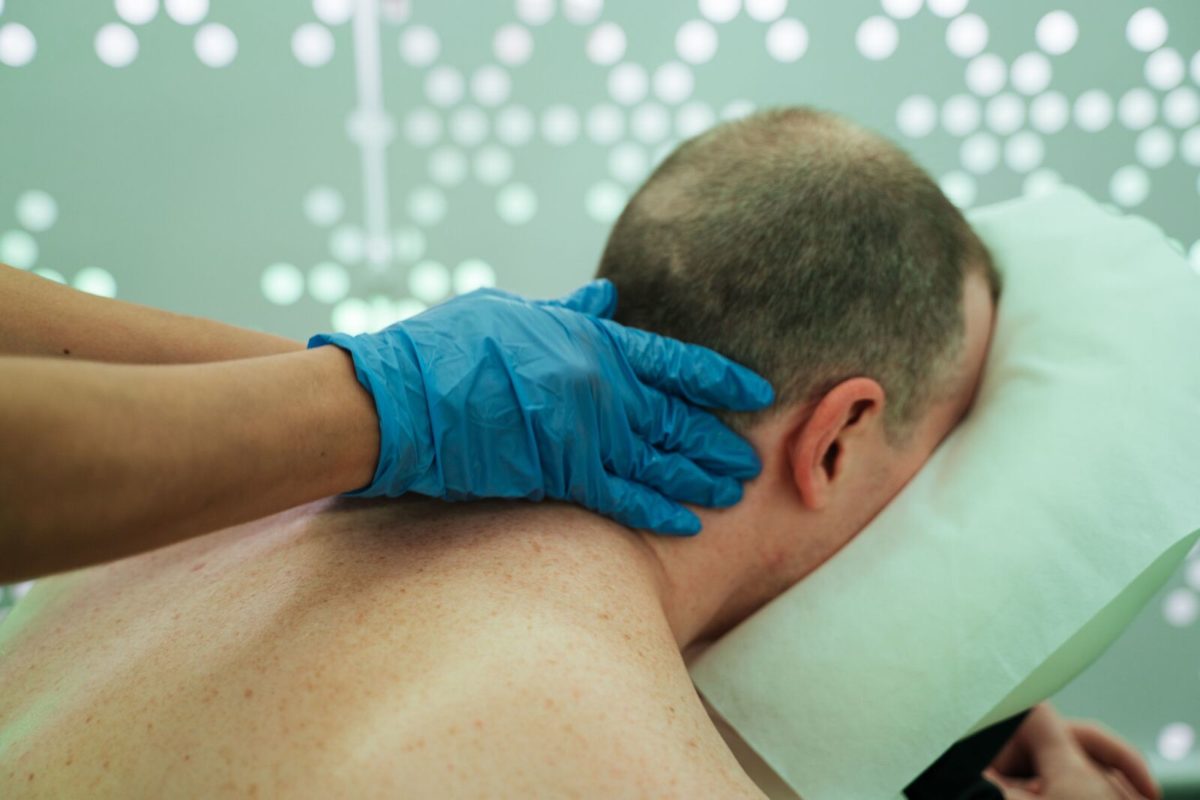We often think of our dads as strong, fearless protectors who are impervious to pain; and that includes the relentless emotional and mental pain inflicted by us, their kids! But is it simply a societal role men play or is there some truth to this perception? The short answer is yes and yes. Research clearly shows that men and women differ in the way they respond to pain and that biological, psychological, and sociological factors all contribute.
Estrogen vs. Testosterone
When taking a look at the biological effects, testosterone has one that is both pain inhibiting and protective. This makes sense when we look at the statistics showing how men are significantly less likely to report chronic widespread pain or any pain at all. By contrast, estrogen and progesterone have more complex pain effects, both hormones exerting inhibiting and promoting effects in different situations.
Men may also be more impervious to pain meds. It has been found that following surgery, men are less responsive to certain opioid medications compared to women and, as a result, may need to consume greater quantities of opioids in order to achieve adequate pain relief.
Culture
Culturally, it is less acceptable for men to express their experiences with pain. A study was conducted where men were given a different gender role in order to test whether or not there would be a change in their sensitivity to pain. The results demonstrated that the men were more likely to report a greater sensitivity to pain. Social constructs also determine what can be defined as an acceptable pain coping strategy. Men tend to use behavioral distractions or tackle the situation head-on with problem-solving techniques while women draw on social support systems and emotion-based techniques. Altogether, these cultural norms create a deterrent to men in seeking help for pain leading to inaccurate data and therefore, a perpetuated cycle of expectations of men by patients and healthcare professionals alike.
Anticipating Pain: Pain and Memory
Painful experiences can create indelible memories in which fear and avoidance become attached to the memory. If the source of pain recurs, a heightened sensitivity response is produced. Typically, this process is driven by high estrogen levels and so is found in women disproportionately to men. However, there is a type of hypersensitization to pain that has been found to occur only in men. The phenomenon is associated with stress cues that trigger a physiological adrenal stress response that is dependent on testosterone. It is thought to possibly play a role in the development of PTSD in men.
Theory of Chronic Pain
The disparity in chronic pain syndromes between men and women is significant, with men accounting for only 30% of reported instances. However, there are always exceptions, such as one study that found a higher prevalence of chronic back pain in men and another that found more men suffer from knee pain than women in the 65 years and older category.
The pathway to chronic pain involves repeated initiation of an inflammatory response in reaction to a painful injury, leading to a cascade of effects that amplify and perpetuate pain messages. In men this occurs through cells known as microglia, that are located only in the brain and spinal cord, while in women the blood-borne T-cells perform this function.
Another contributor to chronic pain is sleep quality, which is intricately intertwined as a causative as well as exacerbating factor. On this account, men are also less susceptible as they are considerably less likely than women to experience insomnia at all age ranges, except for their 20’s.
Additionally, a genetic component to chronic pain may be at play. Recently, a segment of genes were found on the X chromosome, which men have only one of, that are often present in women with chronic musculoskeletal pain.
When Musculoskeletal Pain Strikes
Whether it’s an old injury or pain from working too hard on the job, there are topical products utilizing active ingredients such as menthol and camphor working to deliver effective relief and healing. A study screening slaughterhouse workers demonstrated impressive acute effects of relief from the use of topical menthol. Menthol and camphor are both derived from natural sources and provide relief through a cooling sensation. By using these counterirritants, you can help your client reach temporary relief.


